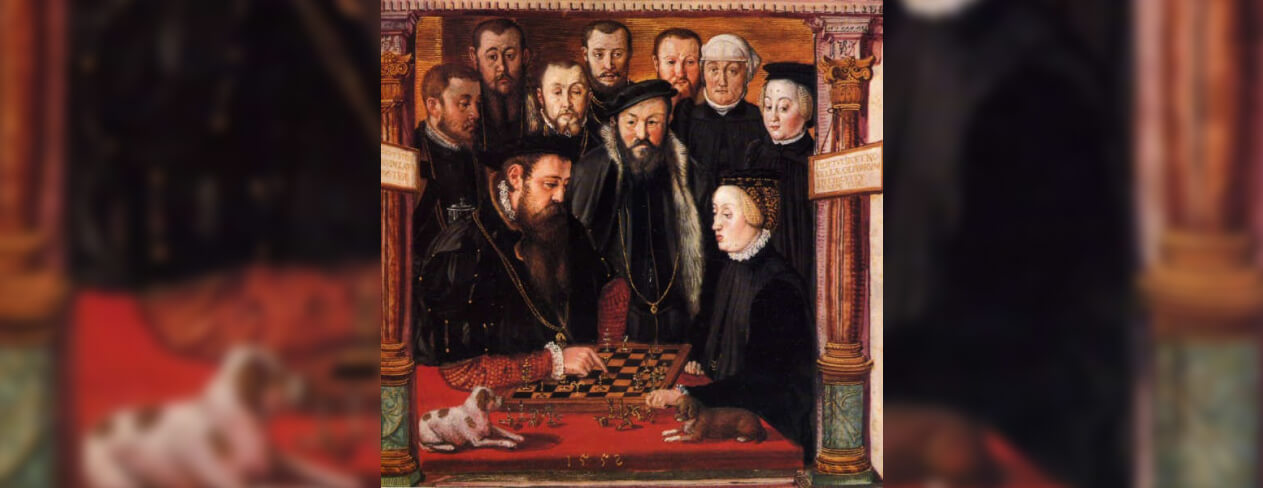
Archduchess Anna, daughter of Ferdinand I and Anne of Bohemia, was born on 7 July 1528. As a child, she was educated in music and languages. After long and complicated negotiations in which princes and princesses were moved like chess pieces, Anna married Albert, Duke of Bavaria, just a few days before her 18th birthday, on 4 July 1546. The marriage produced seven children. One of their daughters, Maria Anna, later married her maternal uncle Charles II of Inner Austria and became the mother of the future Emperor Ferdinand II.
During the couple’s reign, Munich became an acknowledged centre of the arts. Both spouses supported painters and composers, and their collection of books and art objects laid the foundation for several museums still operating today, including the Bavarian State Library. Anna actively donated to religious orders and was a generous private benefactor to the Catholic abbey of Vadstena in Sweden, which was struggling under the pressure of Protestant reforms in the kingdom at that time.
Anna died in 1590 at the age of sixty-two. Curiously, her political legacy was revived 150 years later when the main line of the Habsburgs became extinct with the death of Emperor Charles VI. As his daughter Maria Theresa fought for her inheritance rights, Charles Albert of Bavaria claimed the imperial succession on the basis of the marriage contract of Albert and Anna, his ancestors. Due to the prevailing political constellation, he was elected emperor. Although his three-year reign remained largely nominal, it marked the only interruption in the otherwise continuous Habsburg rule over nearly six hundred years.
Access to the Metatext via placing an order for an augmented product. See Terms of Use